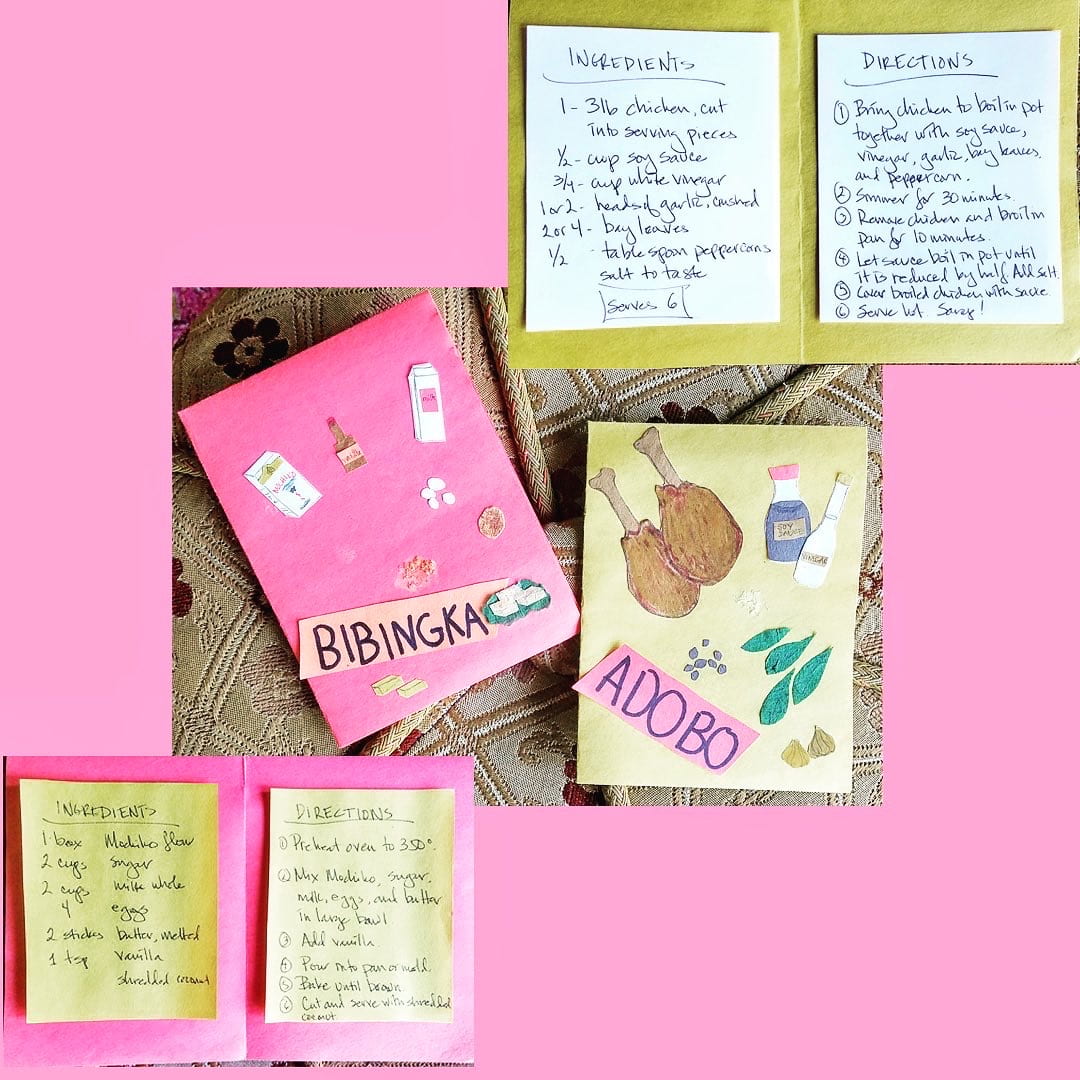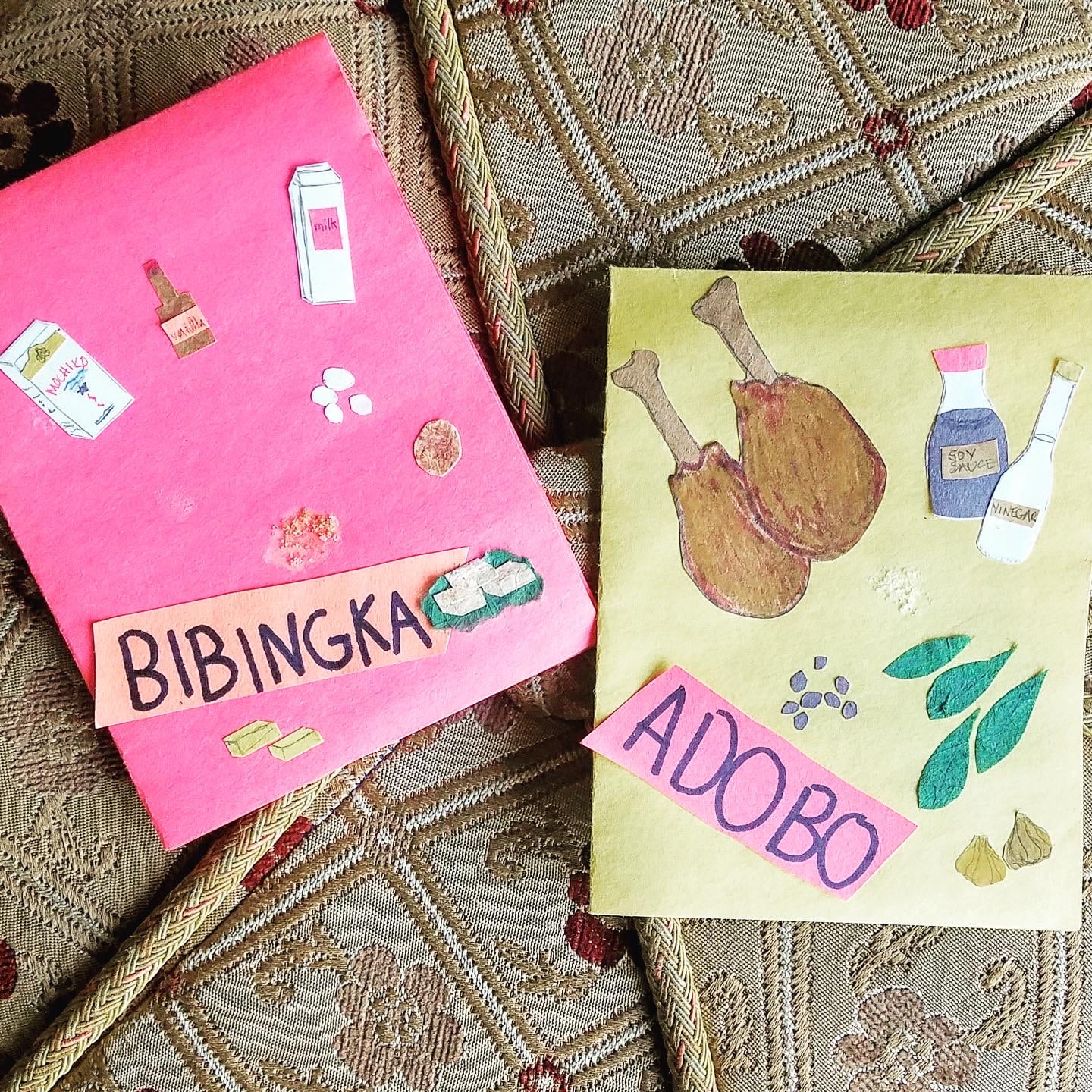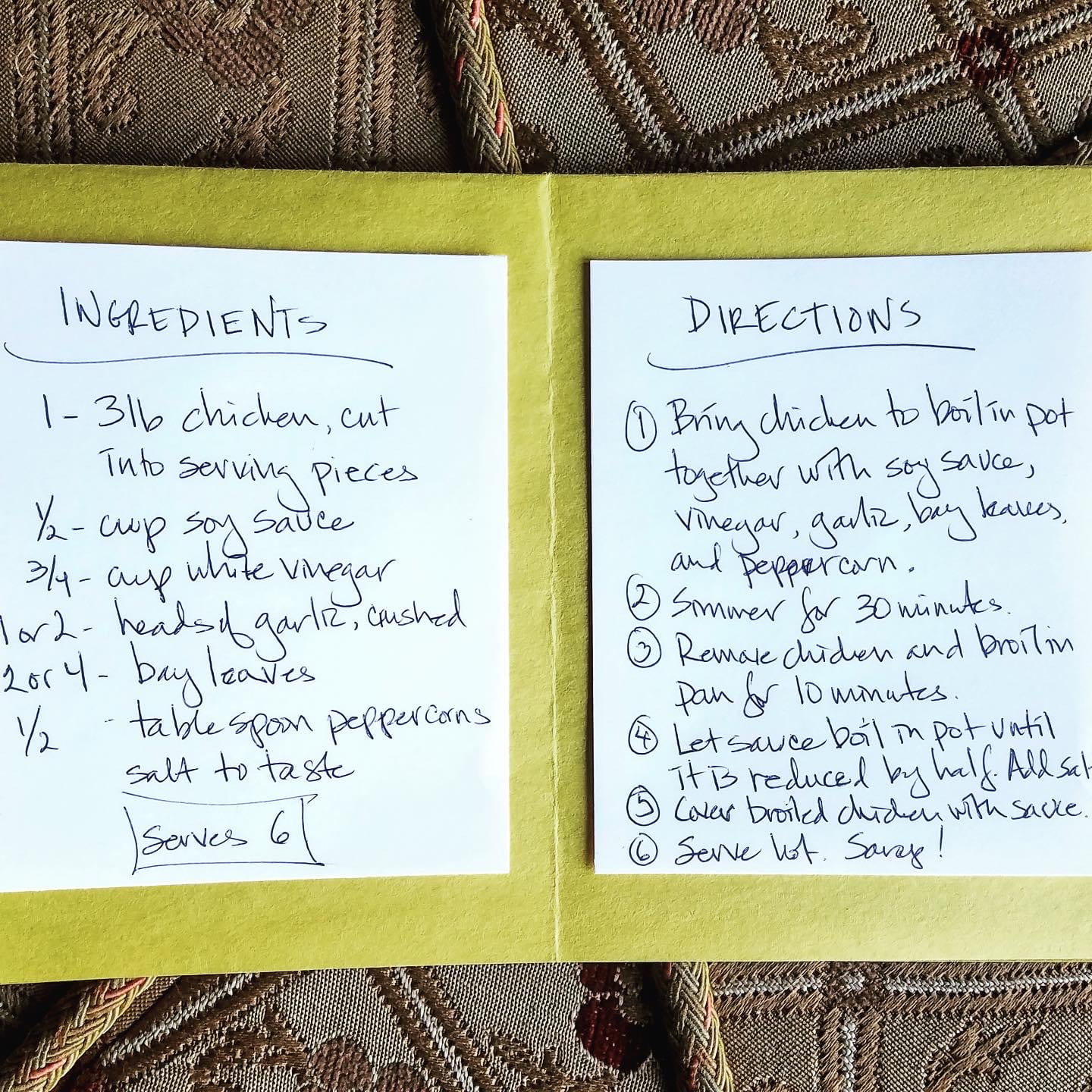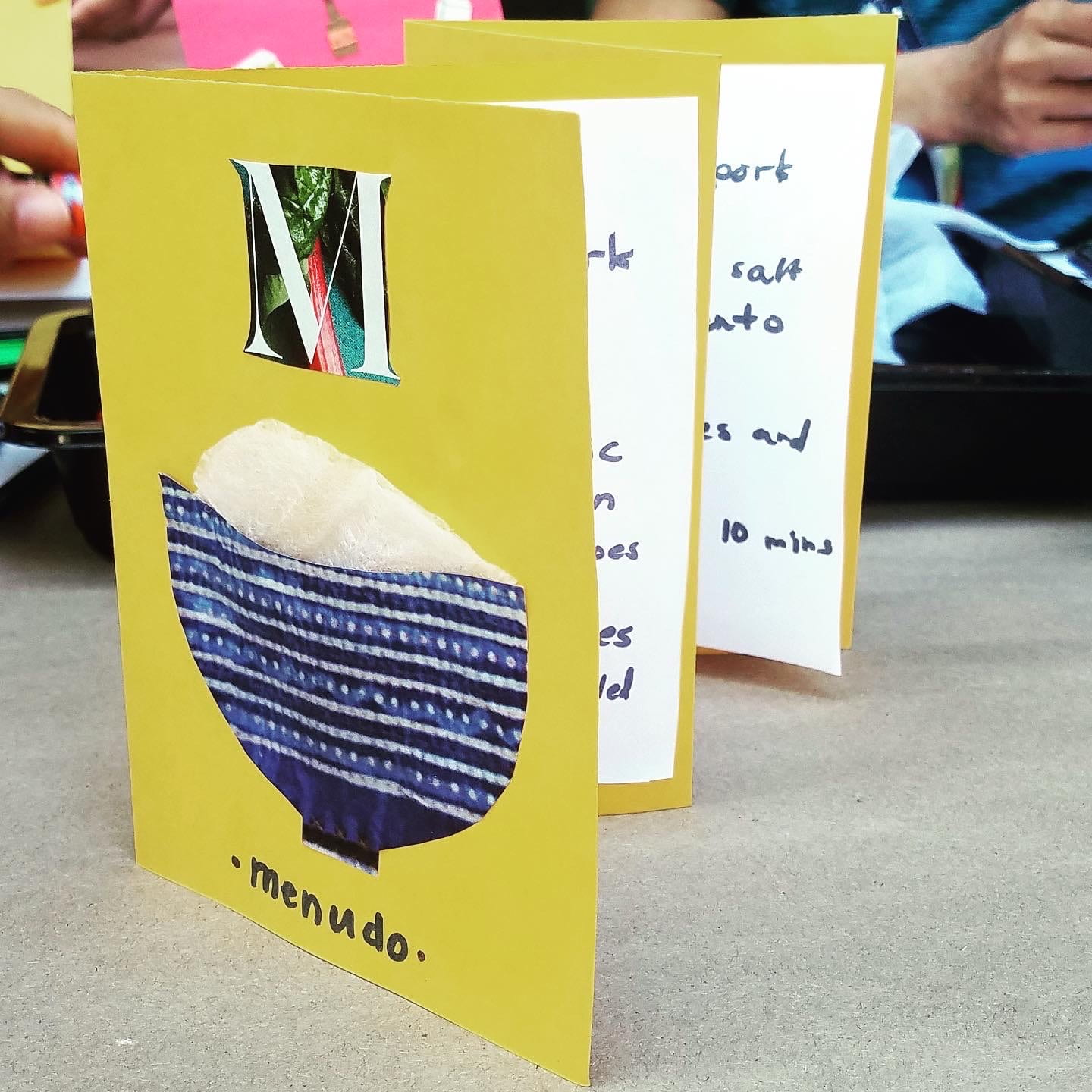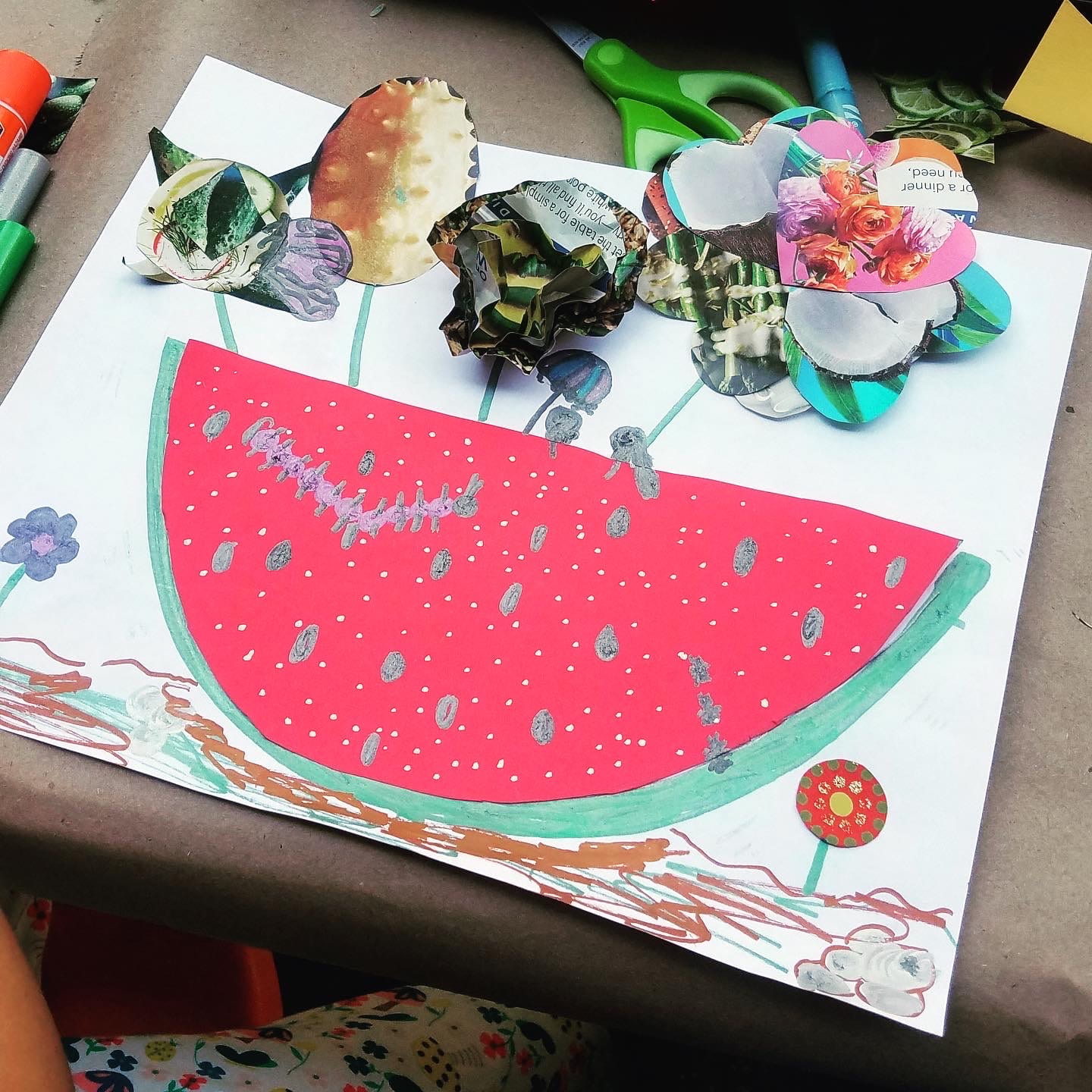Every Fridays Kids@PAM offers hands-on activities and storytime to help children and their families share art and self-expression together.
Below please find the weekly archive:
Friday, July 17, 2020: Kids@PAM – Wabi Sabi
A post shared by USC Pacific Asia Museum (@usc_pam) on Jul 17, 2020 at 8:47pm PDT
Our Education Specialist, Valentina Quezada, reads “Wabi Sabi,” the story of a cat living in Kyoto with her master. Curious to discover her name’s meaning, Wabi Sabi travels across Japan, seeking advice and explanation from a variety of sources. In an introductory note, readers learn that the name comes from a concept centered on finding beauty through simplicity. As the feline discovers that she is ordinary yet wonderful, she comes to understand the meaning of her name. Enjoy this story this weekend with your kids!
Friday, July 10, 2020: Kids@PAM – Create Your Own Mini-Garden!
A post shared by USC Pacific Asia Museum (@usc_pam) on Jul 10, 2020 at 5:22pm PDT
Gardens play an important role in East Asian art and culture. Traditionally, they were designed to look like smaller versions of actual landscapes found in nature. Images of such gardens are popular in East Asian art. For this project, you will be using recyclable and natural materials to create your own mini garden.
The USC Pacific Asia Museum is home to a beautiful Chinese-inspired garden. A traditional Chinese garden features these four (4) elements: water, plants, rocks, and architecture
Take a look at the photo of the garden (swipe left ←) and see if you can find these four elements. Is there more than one of each? What do you notice about each one? Now imagine walking into the garden. What do you think it feels like to be there? Do you think you would feel happy or calm or peaceful? How are things arranged in the garden to make you feel that way?
What is a diorama? A diorama is a display representing a scene or environment using three-dimensional figures. It can be big or small.
Questions to Inspire Your Artwork: How do you feel when you are out in nature?Is there a garden or park you visited in the past that inspires you? What did you like about it? What items do you often throw away that could be transformed into something else?
Materials Needed: Cardboard box, as big or as small as you desire, scissors, glue, various paper (wrapping paper, construction paper, newspaper, printer paper, junk mail, etc), dried or fresh flowers, leaves and twigs, small rocks
Additional Supply Ideas: Used dryer sheets, straws, string, cotton balls, fabric scraps, bottle caps, paint
Instructions:
Step 1: Gather your materials and decide on the size of your diorama. The example above was made out of an old tea bag package. If needed, cut the box to a desired size.
Step 2: Decide what you would like your garden scene to look like and draw out your own design on a piece of scratch paper.
Step 3: Next, decide how you want to use the materials to create the different parts of your garden. For example, leaves and twigs can be used to make trees. Cotton balls or old dryer sheets can be gently torn apart to look like clouds. You can draw structures, like a small house or bridge, on paper and cut them out to include in the diorama. Adding layers of paper and materials will make your artwork come to life!
Step 4: Arrange these elements in your box. Play with different arrangements and decide which one you like best. When you are ready, start gluing the items to your box. Start from the back and make your way forward. You can also paint or decorate the outside of the box with paper. Voila! Your garden diorama is ready to display and share with friends and family!
Friday, July 13, 2020: Kids@PAM – Intercultural Understanding
A post shared by USC Pacific Asia Museum (@usc_pam) on Jul 3, 2020 at 5:37pm PDT
At USC PAM our mission is to create inspiring encounters with the art, history and culture of Pacific Asia that promotes intercultural understanding. We encourage you to take this weekend to learn about other cultures with your children! For some inspiration, here are images from our past cultural festivals: Korean, Filipino and Lunar New Year!
Friday, June 26, 2020 – Kids@PAM: I Am Peace Storytime
View this post on Instagram
A post shared by USC Pacific Asia Museum (@usc_pam) on Jun 26, 2020 at 4:10pm PDT
Join our Education Specialist, Valentina Quezada, as she reads “I Am Peace,” a mindfulness book with child friendly language illustrations!
When the world feels chaotic, find peace within through an accessible mindfulness practice with kid-friendly text that will teach about expressing emotions through direct speech. Find empathy through imagination. Connect with the earth. Wonder at the beauty of the natural world. Breathe, taste, smell, touch, and be present.
Friday, May 29, 2020: Kids@PAM – Art Activity
A post shared by USC Pacific Asia Museum (@usc_pam) on May 29, 2020 at 3:27pm PDT
Wisdom is the ability to make good judgments and find solutions for personal challenges by looking inward. In Hindu mythology, Ganesha is the Lord of Wisdom and Remover of Obstacles. Use this activity to learn more about Ganesha, reflect on solutions for your own challenges, and learn to make an accordion book.
What is an accordion book? A type of book constructed with the pages folded in a zig-zag pattern, similar to the musical instrument (which is how it gets its name!). Who is Ganesha? Ganesha is a God in the Hindu faith, which originated in India. He is the Remover of Obstacles as well as the Lord of Wisdom and Intelligence. He is recognized by his elephant head and chubby human body with multiple arms. He is one of the most popular deities in the Hindu pantheon and is celebrated by people all around the world.
An obstacle is a challenge or something that stands in the way of progress. Hindu worshipers often pray to Ganesha to help them be successful in their studies or business ventures. Images of Ganesha depict him holding different objects in his many hands, such as an axe to slay away obstacles in his path. As the Lord of Wisdom, he guides people in making good decisions to resolve their problems.
Questions to Inspire Your Artwork:
What is an obstacle you are currently experiencing?
What are some ways you can overcome the obstacle?
Is there a wise saying you hear repeated in your family/community/faith? How can that guide your solutions to the obstacle you are facing now?
Materials:
Paper cut into a long rectangle (3” x 8” works well)
Thin cardboard (like from cereal box) or cardstock paper
String or ribbon
Tape
Scissors
Glue
Drawing tools (markers, crayons, colored pencils)
Optional: decorative paper, construction paper, or magazines/newspaper
Step 1: To construct your accordion book, take the rectangular sheet of paper and fold it in half widthwise, matching up the short edges. Then take one edge and fold it over towards the center fold. Repeat with the other edge, folding the opposite way, and crease all folds. Now you have an accordion fold!
Step 2: To make the covers of the book, place the folded accordion over the cardstock and trace around, leaving about ¼ inch around all sides. Cut it out and make one more (two total). You can decorate the covers with patterned paper, colored construction paper, a magazine image, or any other way you like.
Step 3: Cut two pieces of string or ribbon to a desired amount (at least 5 inches each). Tape each string to the center of the back of the covers, letting it dangle from the sides.
Step 4: Apply glue to the top page of the accordion and attach to the back of the cover, aligning in the center (and covering the tape). Repeat on the other side.
Step 5: Now, use one page to write down and/or draw an obstacle or challenge you are facing. Use the wisdom within yourself to find creative solutions or possible ways for managing it. Use the other pages to write down and/or draw what you came up with.
Extensions:
You can add more pages to your book by gluing two or more accordion folds together
You can look up quotes and wise sayings to add to your book
Create a book as a family and share wisdom from your different experiences
Friday, May 22, 2020 – Kids@PAM – Storytime: Ganesha’s Sweet Tooth
Join our Education Specialist, Valentina Quezada, as she reads an original story based on Hindu mythology. This book tells the story about how Ganesha’s love of sweets led to a broken tusk and the writing of the epic poem, the Mahabharata. View this post on Instagram
A post shared by USC Pacific Asia Museum (@usc_pam) on May 22, 2020 at 7:06pm PDT
Friday, May 15, 2020 –
Congratulations to our 2020 Teen Ambassadors!
A post shared by USC Pacific Asia Museum (@usc_pam) on May 15, 2020 at 4:46pm PDT
Congratulations to the USC PAM Teen Ambassadors for completing the program! This group of local teens worked with the museum’s education staff to learn about program planning and museum careers. Although this year’s program looked very different from the last, these students were resilient in the face of new challenges!
Teen Art Contest Winners
A post shared by USC Pacific Asia Museum (@usc_pam) on May 15, 2020 at 3:16pm PDT
Kids@PAM – Teen Art Contest Winners! Congratulations to @samanthaantha and @_elizabeth_nguyen_ for taking the first prize! The USC PAM Teen Ambassadors hosted the contest inspired by the special exhibition, We Are Here: Contemporary Art and Asian Voices in Los Angeles. Teen artists had to select one of three prompts to create their works of art. Read their inspiration and description in comments below.
- Image 1 by @samanthaantha – I was inspired by a red envelope given to me during Lunar New Years. With all of the racist sentiment against Asian Americans apparent in the news lately, I decided to create something in response. I am a proud Chinese Vietnamese American coming from a family of refugees and immigrants, fully embracing and in awe of my culture. I wanted to show that we are more than stereotypes and the model minority myth. We are not viruses. We are human and deserve to be treated as such.
- Image 2 by @_elizabeth_nguyen_ – I haven’t named my piece, but perhaps “Winter Serenity” or something like that could work. I felt inspired by the winter snow and the animals’ footprints with the white moon in the bright blue sky (although there are no colors in the piece). As a child, I often played in the snow and rarely noticed the various animal footprints in the snow because I was busy making snow angels and forts. As I grew older, I found peace in sitting in the silently fluttering yet beautiful snow around me, also watching the fleeting, spiritual steps of life around me through observing their paths, thought process, and final movements before leaving my scope of view.
Friday, May 8, 2020 – Ikebana for Mother’s Day
A post shared by USC Pacific Asia Museum (@usc_pam) on May 8, 2020 at 4:56pm PDT
What better way to celebrate Mother’s Day than by creating a homemade flower arrangement inspired by the Japanese artform of ikebana!
Ikebana is the Japanese art of flower arranging. It dates back hundreds of years and was influenced by the Buddhist tradition of making floral offerings. Ikebana masters train for years to learn the artform, which aims to bring out the inner qualities of flowers and to express emotion.
Usually ikebana is done with three (3) main components:
- A long stem
- A stem that is ¾ the size of the first
- A stem that is ¾ size of the second one
These three stems represent heaven, earth, and person. An ikebana arrangement follows the principles of minimalism, shape, line, form, and balance.
Supplies Needed:
- Flowers, branches, foliage (leaves)
- Shallow container (a jar or small vase works well too)
- Scissors
- Play-doh (or any homemade modeling clay, like salt dough)
- Optional: small rocks, marbles, or pebbles; traditional flower frog
Step 1: Go for a walk around your neighborhood and gather the flowers, branches, and leaves for your arrangement. When selecting the plants, consider your favorite colors and what shapes and lines in the blossoms, leaves, or branches you find interesting to look at.
Step 2: Place your materials on a clean work surface. Arrange your flowers to have three height levels. You can use scissors to trim any stems needed to fit the desired dimensions.
Step 3: Take your play-doh and place it inside the container. Begin inserting the floral elements into the dough and arranging them so that an interesting and balanced composition is created. You may need to add more play-doh to hold some stems in place.
You can experiment with different arrangements until you find the one you like best.
The dough is being used as a flower frog, which is an item used in traditional ikebana to help flowers stand up in a shallow container. It is usually made with metal pins sticking up from a small round dish.
Step 4: Your ikebana is ready to display or gift to someone you love!
Friday, May 1, 2020 – Patience Miyuki
A post shared by USC Pacific Asia Museum (@usc_pam) on May 1, 2020 at 2:24pm PDT
Anyone with a small child knows that patience is not a virtue easily won. Join our Education Specialist, Valentina Quezada, as she reads this magically illustrated story about a young girl named Miyuki as she anxiously awaits the opening of one sleepy flower.
Activity:
Patience is key in many of aspects of our lives. Growing your own food is a great example of how being patient can yield tremendous (and delicious!) results. Today’s activity is growing your own green onions, inspired by the book “Patience, Miyuki”. This easy activity can be done in any environment, no garden required!
Steps to Grow Green Onions:
- Take the green onions you get at the grocery store and cut off the white stems with roots as you normally would before cooking.
- Place the white with roots in a container (like a jar) of water
- Wait for them to grow. Your onions should be taller and ready to eat again in just a few days!
- Optional step: You can transplant them into a pot of dirt inside or outside and they will continue to grow!
Friday, April 24, 2020 – Mindful Day
A post shared by USC Pacific Asia Museum (@usc_pam) on Apr 24, 2020 at 9:10pm PDT
This weekend take time time practice mindfulness with kids and read a story to illustrate the activity. When we slow down and pay close attention, we learn what it means to be mindful. In Mindful Day, a young girl experiences mindfulness as she goes about the day with her family. Explore feelings of gratitude and love, learn how breathing can calm our bodies, and discover how remarkable every moment can be when we experience it as fully as possible. After the storytime reading, create a mandala in our previous post to practice mindfulness!
Activity: Be sure to do the art activity here!
Friday, April 17, 2020: Glue Printmaking
A post shared by USC Pacific Asia Museum (@usc_pam) on Apr 17, 2020 at 6:03pm PDT
Printmaking is an art form in which an image is made on a surface (like wood, metal, or plastic) and then transferred to another surface (usually paper) with ink. This method allows for multiple copies, or prints, to be made of the same image. This universally accessible art form can be done with many materials found at home! Today’s activity is inspired by the work of artist Manuel Rodriguez, Sr. (1912-2017), which is part of the USC PAM permanent collection (swipe left for image) .
Questions to Inspire Your Artwork: What activities do you enjoy doing with your family and/or community? Are there things around you with interesting shapes or forms? What is a message you would like to share with the people you love right now? How can you express that message in a picture, without using words?
Activity: Click here to do this activity!
Friday, April 10, 2020: Storytime: The Name Jar
A post shared by USC Pacific Asia Museum (@usc_pam) on Apr 10, 2020 at 8:09pm PDT
Enjoy storytime and art activity this weekend USC PAM Educator, Valentina! Hear Valentina as she reads, “The Name Jar” by Yangsook Choi, which tells the story of Unhei who has just immigrated to America from Korea. Being the new kid in school is hard enough, but what about when nobody can pronounce your name? Having just moved from Korea, Unhei decides she needs a new name. Or does she?
Activity: Check out our art activity inspired by the book and by artist Phung Hyunh’s piece Embroidered CA License Plates (2019-20), which is part of the exhibition We Are Here: Art and Asian Voices in Los Angeles. Click here to view activity!
Friday, April 3, 2020: Storytime: Cora Cooks Pancit and Recipe Zine Art Activity
A post shared by USC Pacific Asia Museum (@usc_pam) on Apr 3, 2020 at 3:11pm PDT
Inspired by our Kids@PAM storytime book, Cora Cooks Pancit, create your very own Recipe Zine!
Creative collective Narrated Objects had fun making food-inspired art and zines with us last summer! Enjoy making your own recipe zine at home by following the steps below. You can share your delicious-looking creations by tagging us in your photos!
Recipe Zine:
Activity: Be sure to do the art activity here!


